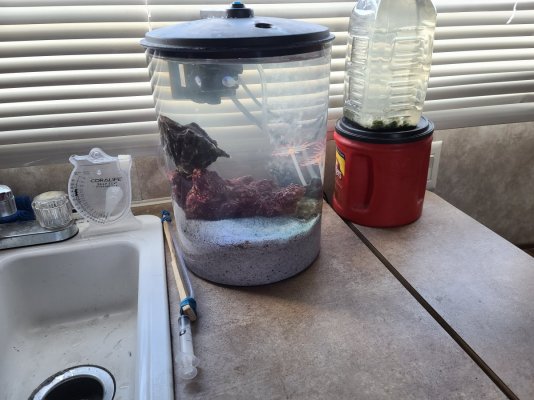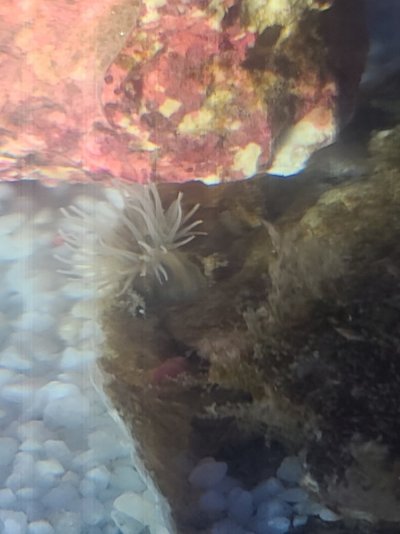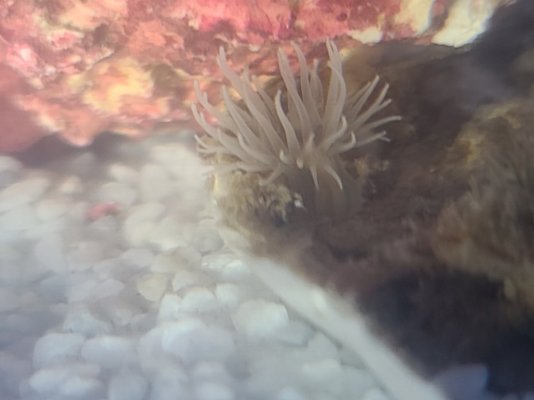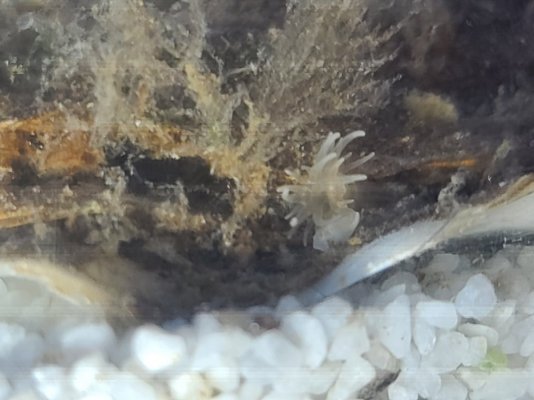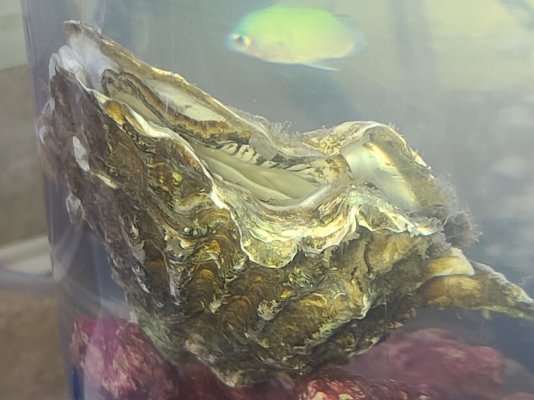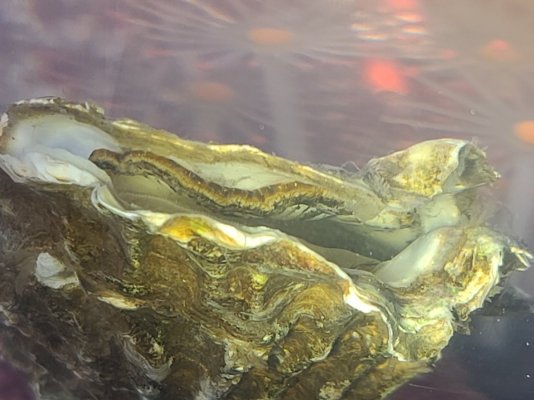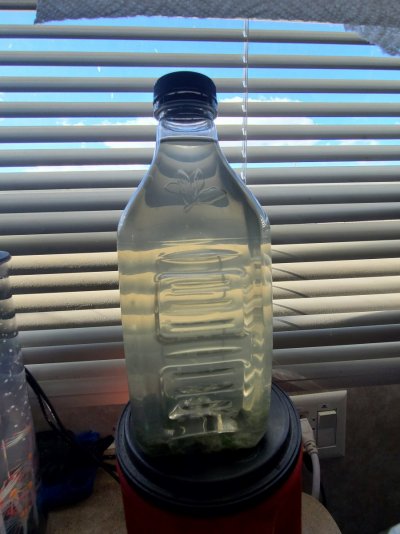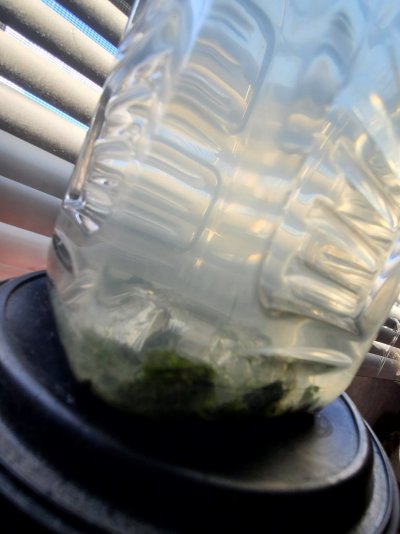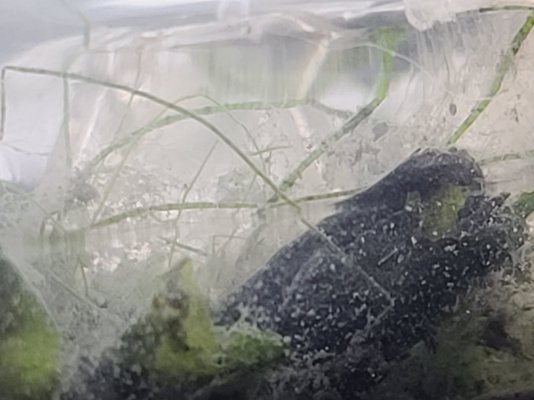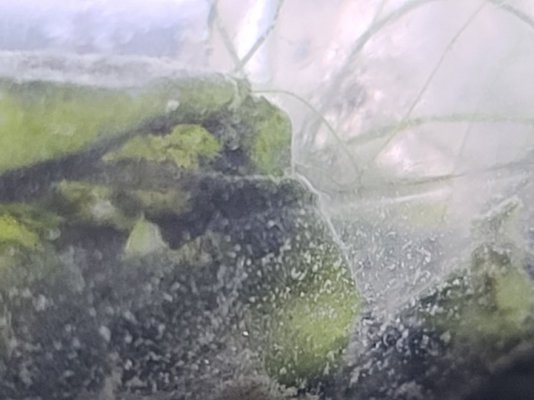My studies say pacific oysters take more nitrates and nitrites then they give, I currently have 2 small blue green chromis, 1 watchman goby, 1 turbo snail, 1 pacific oyster 4.5 inches with 2 barnacles and 3 young oysters attached to shell with 1 LB. of cultured live rock above 2 lbs. of crushed calcium carbonate substrate. I have used a bottle of live bacteria 2 nights ago up to 30 gallons; in a 3.5 gallon Pico tank in my RV and currently change and reuse water as a single gallon becomes unsafe or unsuitable for recycling after nitrogen cycle is controlled. I added my fresh live grocery store pacific oyster today immediately after received from the shipping company with all wanted and unwanted species attached, brushed all mud and detritus carefully from the shells/valves into my tank while preserving the spat and barnacles. After a short time I changed 1 gallon of water due to ammonia and nitrogen, and observed as the new life forms began to express and display. I also agitated the substrate to bury the native mud and micro-biome from the oyster into my Pico which was started less then a week ago. I fully expect my nitrogen cycle to complete within 3 more days using bottled denitrifying bacteria.
I welcome any and all comments and thoughts as R2R seems to be an educated and enlightened community. I haven't had a marine aquarium in almost 5 years, however my freshwater planted aquariums are exceptional and last marine tanks were for breeding and swapping with the LFS, including breeding 32PPT black lyretail mollies for cleanup crew with ZERO loss.
I welcome any and all comments and thoughts as R2R seems to be an educated and enlightened community. I haven't had a marine aquarium in almost 5 years, however my freshwater planted aquariums are exceptional and last marine tanks were for breeding and swapping with the LFS, including breeding 32PPT black lyretail mollies for cleanup crew with ZERO loss.







